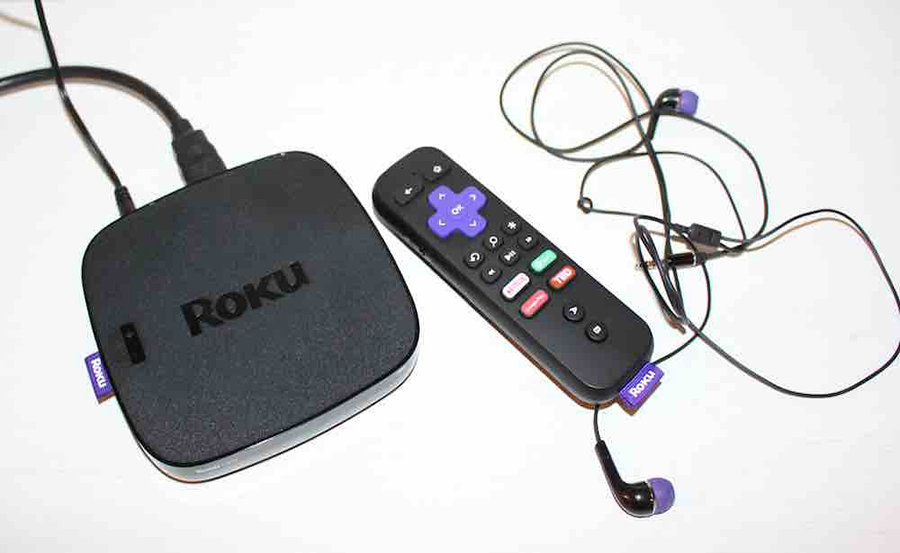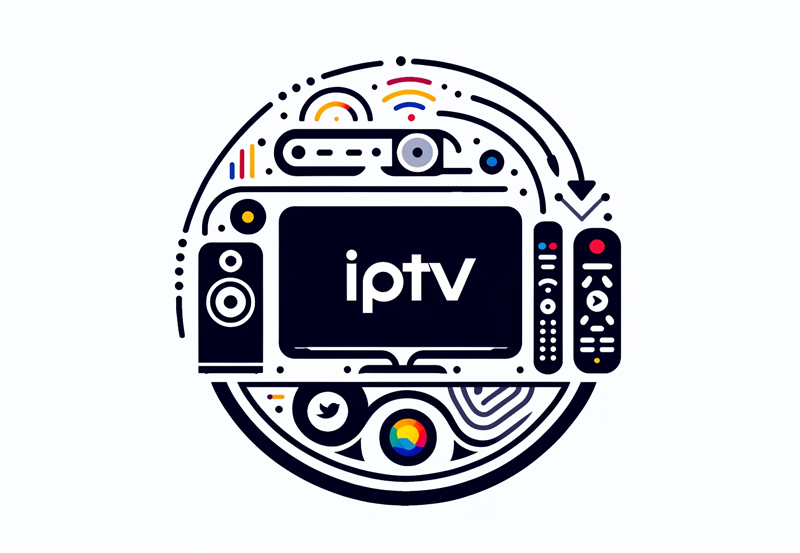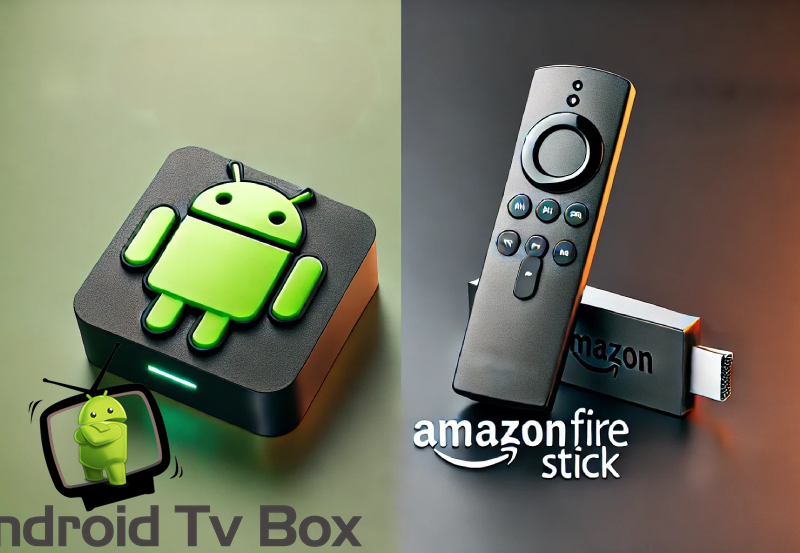In an era where streaming content defines our entertainment lifestyles, setting up a versatile IPTV system is no longer a luxury—it’s a necessity. Whether you are an enthusiast aiming to maximize your media accessibility or a professional looking to enhance your home viewing experience, leveraging devices like Roku in a multi-device IPTV setup can transform your usage of TV and beyond.
This comprehensive guide is tailored for those eager to explore the full potential of IPTV systems across different devices, with a focus on integrating Roku. We’ll navigate through the essentials, offering insights into product selection, installation, and optimization. Let’s embark on a journey that promises to revolutionize your IPTV adventure.
Understanding IPTV: The Basics and Benefits
IPTV, or Internet Protocol Television, represents a seismic shift in how television content is consumed. Instead of relying on traditional broadcast methods, IPTV deploys the internet to deliver television services. This model offers unprecedented convenience, customization, and variety, appealing to viewers seeking more than standard cable options.
Expert Advice:
Subscribe to Best USA IPTV and access thousands of high-quality streams anytime, anywhere.
One major draw is the flexibility it offers. Unlike traditional TV, IPTV allows for on-demand viewing and can be accessed via various devices, catering to a generation that values choice and instant accessibility. This system’s capability to seamlessly stream content across smartphones, tablets, and smart TVs makes it a go-to for tech-savvy homes.
Advantages of IPTV in the Modern Era
The allure of IPTV for Android and other platforms is undeniable. One of the standout features is the personalization options available to users—curating channels, storing shows, and even skipping advertisements on certain services. Such features enhance not only the viewing experience but also the user’s control over their media consumption.
Security is another key advantage. IPTV services, when set up with reputable providers, can include encryption and VPN support, adding an extra layer of security and privacy for users. Global IPTV services are particularly beneficial for expatriates and travelers, offering access to home countries’ channels and content worldwide.
Caveats and Considerations
While IPTV presents numerous benefits, it’s not without its challenges. Users should be prepared for potential legal considerations, especially concerning the availability of certain international channels. It’s crucial to select legal and valid global IPTV services to ensure compliance and avoid pitfalls.
Moreover, a reliable internet connection is vital. Given that IPTV relies entirely on internet bandwidth, ensuring a robust and stable connection is imperative for uninterrupted viewing. Investing in a high-speed internet plan can resolve most buffering issues associated with streaming high-definition content.
Setting Up Your IPTV System with Roku
Breaking into the world of IPTV with Roku can initially seem daunting, given the plethora of options and configurations available. However, with a structured approach, the process becomes quite manageable. Let’s delve into the steps to transform your Roku into a fully functional IPTV hub.
Choosing the Right Roku Device
Roku offers a broad range of devices, from streaming sticks to fully-fledged media centers. The selection depends on user preference and existing home systems. Streaming sticks provide a portable and straightforward option, while more robust models like the Roku Ultra offer enhanced features such as Ethernet connectivity and voice control.
To determine the best fit, consider the following:
- Device Compatibility: Ensure the model you choose is compatible with your existing television’s ports and resolutions.
- Internet Speed: Opt for a device that supports your internet speed for the best streaming quality.
- Features: Evaluate additional features such as 4K support, USB ports, and headphone jacks for personal audio streaming.
Configuring Roku for IPTV
Once the right device is chosen, the next step is configuration. Begin by setting up your Roku with a stable internet connection, preferably via Ethernet for consistent streaming performance.
Follow these steps to ensure a smooth setup:
- Connect your Roku to your TV via HDMI.
- Power on both Roku and your TV, and follow the on-screen instructions to complete the initial setup.
- Download a legitimate IPTV app from the Roku Channel Store, such as IPTV Smarters or TiviMate, and configure it using the provider’s details.
Optimizing Your Multi-Device IPTV Experience
Successfully setting up IPTV on Roku is just the first step. To truly revolutionize your IPTV adventure, it’s crucial to optimize for multiple devices. With the burgeoning number of devices in a typical household, synchronization and configuration can’t be overlooked.
Synching Across Devices
The secret to an effective multi-device setup is ensuring synchronization across all platforms. This involves installing IPTV applications on all devices, including smartphones, tablets, laptops, and other media streaming gadgets.
- Use a consistent IPTV service provider, ensuring compatibility across all devices.
- Configure each device with the same user profile for synchronized preferences and watchlists.
Remember, most IPTV subscriptions allow multiple concurrent streams, so choose a plan that aligns with your household’s viewing needs.
Troubleshooting Common Issues
The journey to achieving the perfect IPTV setup is not without its challenges. Common issues include buffering, login problems, or channel unavailability. Most can be mitigated with a few straightforward solutions.
For buffering:
- Check your internet speed using online tools and upgrade if necessary.
- Consider Ethernet over Wi-Fi, which can reduce interruptions in signal.
For login problems, verify details with the service provider, ensuring your login credentials are up to date and correctly entered across devices.
Enhancing the User Experience
Once set up, enhancing the user experience becomes a focus. This phase involves exploring additional features and customizing viewing settings to fit personal preferences.
Exploring Advanced Features
Advanced IPTV users may find additional features such as Electronic Program Guides (EPGs), Catch-Up TV, and cloud-based storage particularly beneficial. These features enhance flexibility and accessibility.
An EPG provides a detailed schedule, similar to traditional cable service guides, while Catch-Up TV allows viewing of previously aired content at leisure. Cloud storage facilitates recording without using local storage, providing access to content anytime, anywhere.
Adjusting and Personalizing Settings
A vital aspect of enhancing IPTV experience is the adjustment of personal user settings. This can include subtitle adjustments, preferred audio tracks, and parental controls to ensure a suitable viewing environment for all family members.
Many IPTV apps allow significant tweakability, encouraging users to tailor the interface and options to their liking. Spend some time familiarizing yourself with these settings to extract the utmost satisfaction from your viewing experience.
A Future-Ready IPTV Setup
By establishing a comprehensive IPTV system oriented towards adaptability and excellence, households gain a future-ready entertainment solution. Such systems not only accommodate evolving technology but also safeguard against industry changes.
Regularly updating software and exploring new features should form part of an ongoing strategy to maintain an exceptional IPTV setup. Moreover, as technology evolves, the transition to new formats and devices will be seamless for those with well-structured setups.
Ensuring Long-term Satisfaction
Keep abreast of software updates provided by both your IPTV service provider and Roku. These updates often include performance enhancements and new features, which can substantially improve your viewing experience.
By staying informed and proactive, users can continually optimize their IPTV systems, ensuring the best possible service and enjoyment for years to come.
FAQ Section

What is the best device for IPTV streaming?
While it depends on user preference, Roku devices are renowned for their simplicity and compatibility with multiple IPTV applications, making them exceptional choices for streaming.
Can I watch IPTV on multiple devices simultaneously?
Yes, many IPTV providers offer multi-stream plans that enable concurrent streaming on different devices. Check with your server to determine the available options.
How do I troubleshoot buffering issues?
Start by confirming your internet speed is adequate for streaming. Use a wired Ethernet connection instead of Wi-Fi to improve stability and reduce buffering incidents.
Are there any legal considerations when using IPTV?
Absolutely. Always choose legal and reputable IPTV providers. Unauthorized streaming services could result in legal problems. Always ensure compliance with local laws regarding IPTV usage.
What are “Global IPTV services”?
These services offer streaming across international boundaries, providing access to channels and content from various countries, ideal for expatriates or those seeking diverse content.
How does IPTV differ from cable TV?
IPTV uses internet protocols to deliver content, offering more flexibility and customisation than traditional cable TV, which relies on dedicated cable infrastructure and scheduled programming.
Which smartphone apps are best for IPTV?
Android platforms have a variety of IPTV apps, such as IPTV Smarters and TiviMate, which offer excellent interfaces and functionalities for seamless viewing across devices.
Lazy IPTV Parental Controls: Keeping Your Kids Safe





